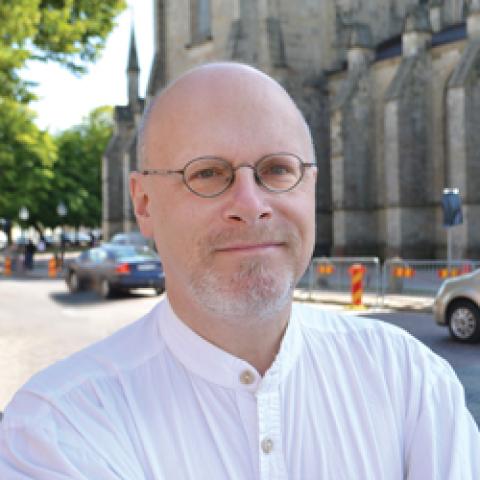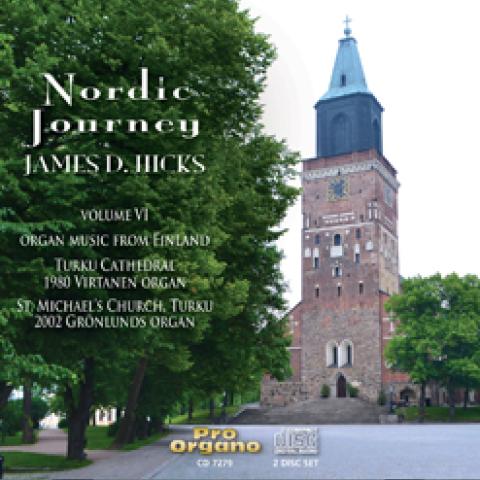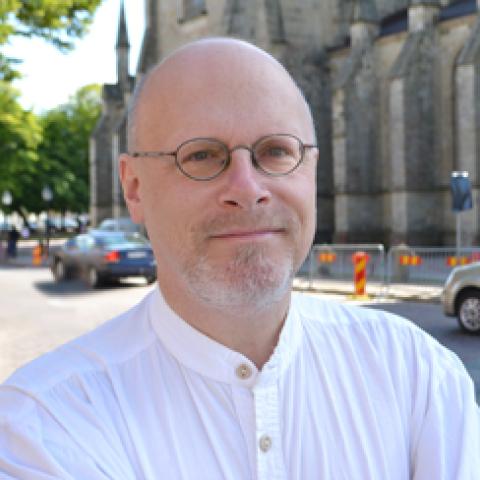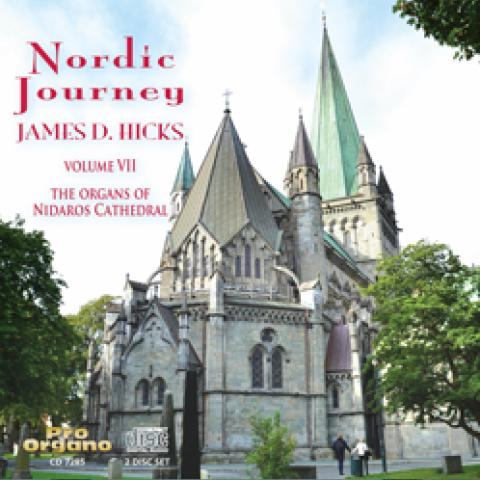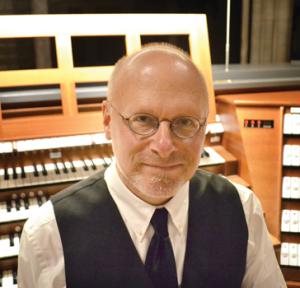
James D. Hicks is a concert organist living and working out of Califon, NJ, USA. A graduate of the Peabody Conservatory of Music, Yale University, and the University of Cincinnati, Hicks has also studied at the Royal School of Church Music in the UK. James held liturgical positions throughout the USA over the course of thirty-five years and now devotes himself to concert, publishing, and recording projects.
Over the past fifteen years, James has researched the music of the Nordic lands and the result is an ongoing venture entitled Nordic Journey. The endeavor places emphasis on new music, he has commissioned over seventy compositions from Nordic composers and other musicians in northern Europe, as well as researching repertoire from the past that has hitherto never been recorded or published. With the December 2024 release of Nordic Journey Volume XVII/North Atlantic Voyage, the series now comprises twenty-eight discs, all produced for the American label Pro Organo as well as being distributed by Naxos In America and the usual digital streaming platforms.
A parallel aspect of the Nordic Journey project is the production of hardbound editions that include premiere publications of many of the works James has commissioned as well as several previously unavailable compositions from earlier eras. The Norwegian firm Cantando released the Nordic Journey Series Volume I in 2018 (now available at Notebutikken.no) and Norsk Musikforlag published The Nordic Journey Series Volume II in 2020). Norsk Musikforlag has most recently produced the third volume in October 2022. A fourth volume of this series is set for a 2025 release.
Upcoming recording projects in 2025 include the double-disc Nordic Journey XVIII /Around The Baltic Sea, a program featuring music from countries bordering that body of water recorded at Central Pori Church in Finland and Nordic Journey Volume XIX, a single-disc endeavor to be recorded on the historic Åkerman organ at Uppsala Cathedral in Sweden. This latter project features an important new commissioned work, A Nordic Organ Book, by contemporary Swedish composer Fredrik Sixten.
During the COVID-19 pandemic, James wrote the first full-length book devoted to the complete works for organ by Norwegian composer Kjell Mørk Karlsen on the occasion of the artist’s seventy-fifth birthday. He also contributed a chapter to a study of the music of Swedish composer Fredrik Sixten. Norsk Musikforlag published the Karlsen volume in March 2022 and the Sixten project will appear later in 2024.
In addition to his endeavors concerning the organ and its literature, James is an enthusiastic exponent of traditional music from the British Isles, performing on a number of instruments associated with these traditions. James is an avid hiker and has walked the historic Hadrian’s Wall trail in Northern England as well as traversing numerous sections of the Appalachian Trail in the USA.
To learn more about James D. Hicks, you are invited to visit his website at www.jamesdhicks.com.

